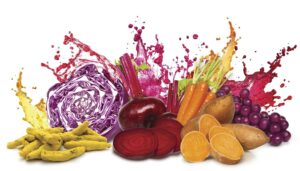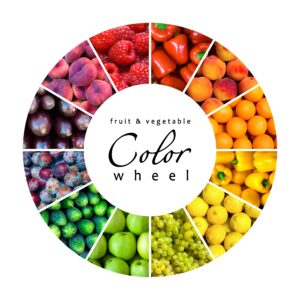The natural food color market is expected to experience significant growth in the coming years. The demand for natural food colors has increased due to the growing consumer preference for clean label products, which are made with natural ingredients and free from artificial additives. Additionally, the rising health concerns among consumers have led to an increased demand for natural and healthy food products, which is driving the demand for natural food colors. Furthermore, the food and beverage industry is increasingly using natural food colors to enhance the visual appeal of their products, which is contributing to the market growth.
According to Fact.MR, The global natural food color market is predicted to evolve rapidly at a CAGR of 7.4% from 2023 to 2033. The market stands at US$ 2 billion in 2023 and is expected to reach US$ 4.1 billion by 2033-end.
Download Sample Copy of This Report: https://www.factmr.com/connectus/sample?flag=S&rep_id=3064

The natural food color market is also benefiting from the increasing popularity of plant-based diets. As more consumers shift towards vegetarian and vegan diets, the demand for plant-based food products is growing. Natural food colors are widely used in plant-based food products, such as meat substitutes, plant-based milk, and vegan desserts, to provide an appealing color and enhance the product’s overall aesthetic appeal. This trend is expected to continue to fuel the growth of the natural food color market in the coming years.
Why is Demand for Natural Food Colors So High?
The demand for natural food colors is high due to several factors. One of the main reasons for the growing demand is the increasing consumer preference for clean label products. Consumers are becoming more conscious about the ingredients they consume and are looking for natural and healthy alternatives to artificial additives. As a result, food manufacturers are increasingly using natural food colors in their products to meet the growing demand for clean label products.

Another factor driving the demand for natural food colors is the increasing awareness about the health risks associated with artificial food colors. Artificial colors have been linked to various health issues, such as hyperactivity in children, allergic reactions, and even cancer. This has led to the imposition of stringent regulations by various governments, restricting the use of artificial colors in food products. As a result, food manufacturers are shifting towards natural food colors to avoid regulatory issues and meet consumer demand for healthy and safe food products. The demand for natural food colors is expected to continue to grow in the coming years, as consumers become more health-conscious and demand for clean label products continues to rise.
What Could Possibly Hinder the Sales of Natural Food Colors?
One of the factors that could hinder the sales of natural food colors is their higher cost compared to artificial colors. Natural colors are often more expensive due to the production process and the sourcing of raw materials. This could make it challenging for small and medium-sized food manufacturers to afford them, and they may opt for cheaper artificial colors instead. However, with the increasing demand for natural food colors, the prices are expected to decrease in the coming years, making them more affordable for food manufacturers.
Another factor that could potentially hinder the sales of natural food colors is their limited availability and variability in colors. Natural colors are often derived from specific sources, such as plants, fruits, or vegetables, which can limit their availability and variability in colors. In contrast, artificial colors can be synthesized in a laboratory, providing a wide range of color options. However, advancements in technology have made it possible to create a wider range of natural colors, and ongoing research is aimed at developing more natural color options to meet the growing demand.